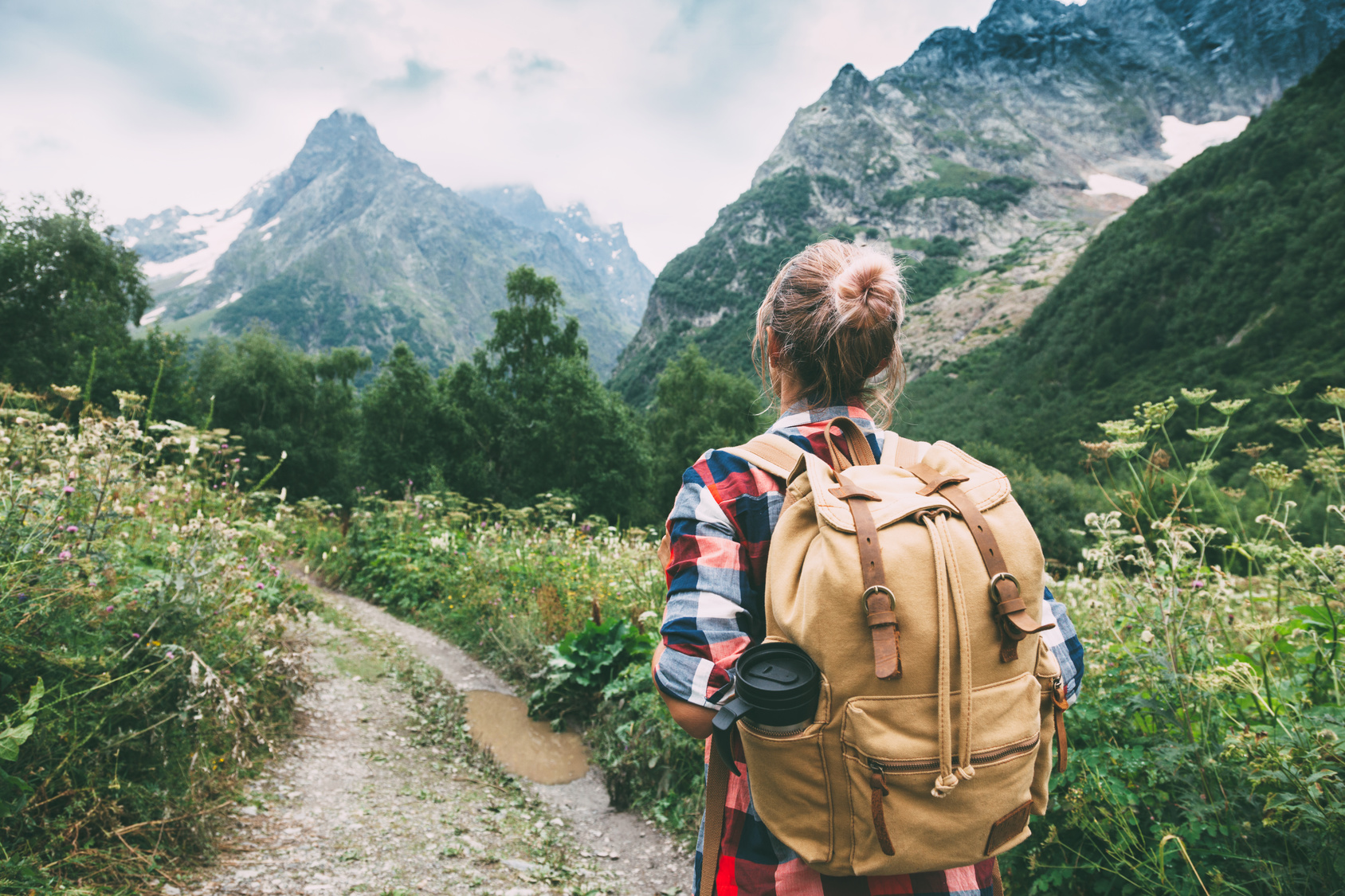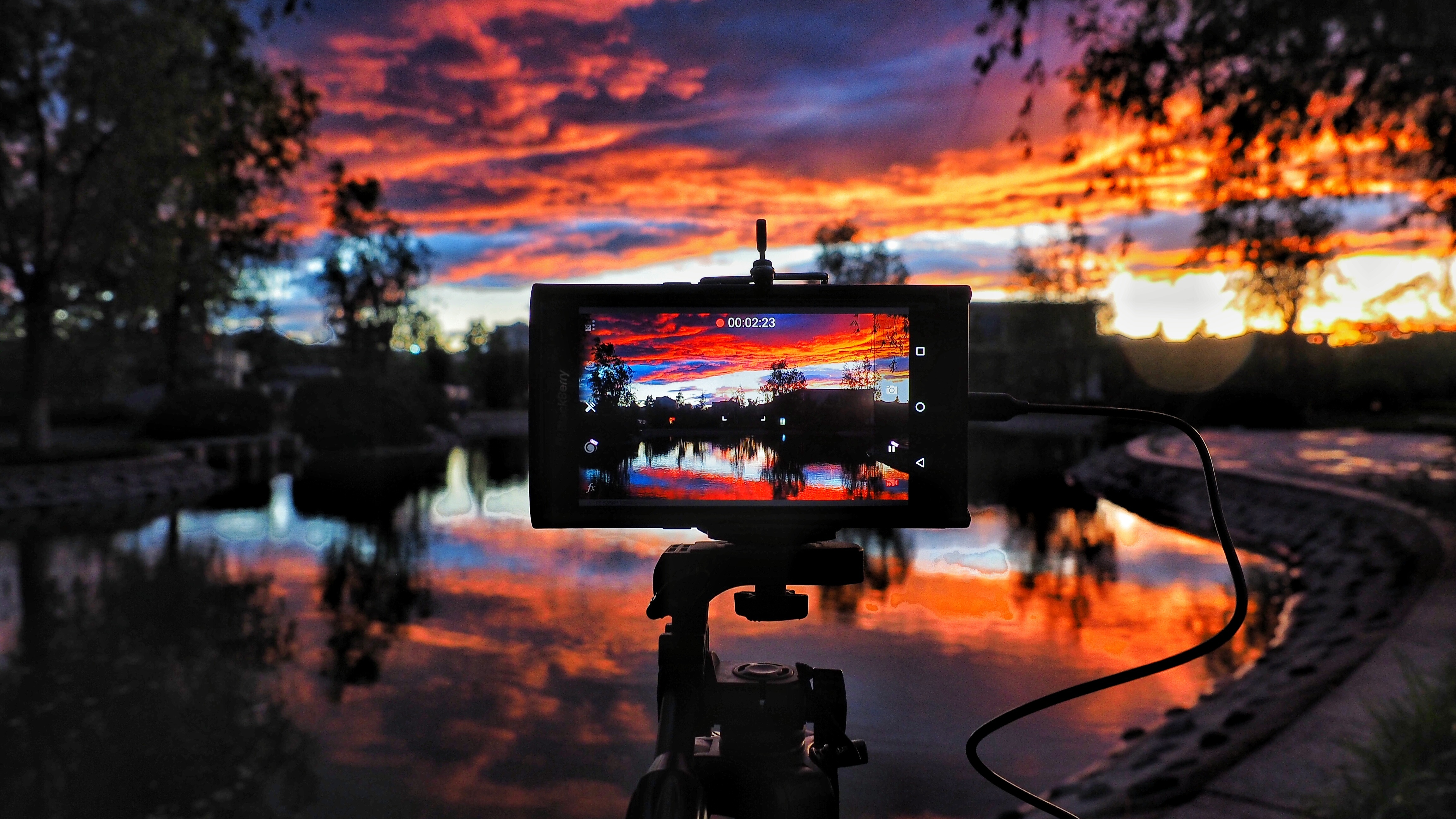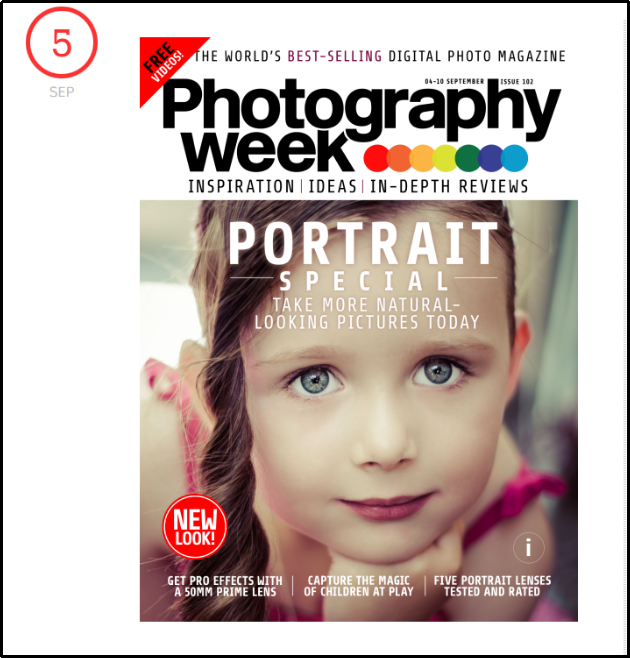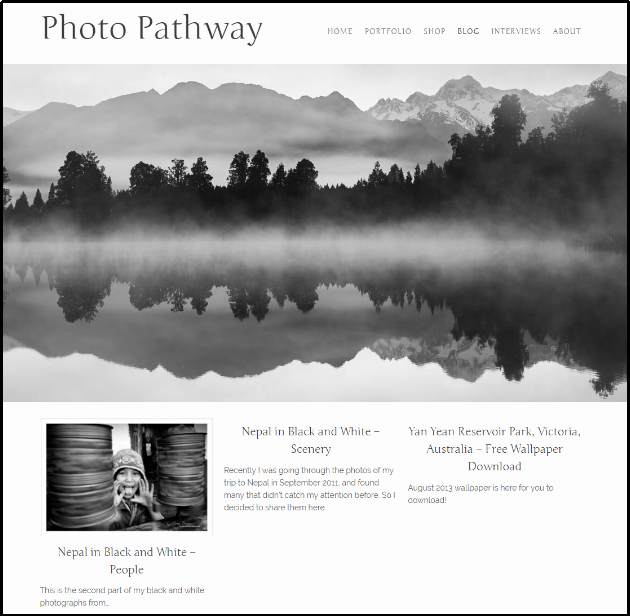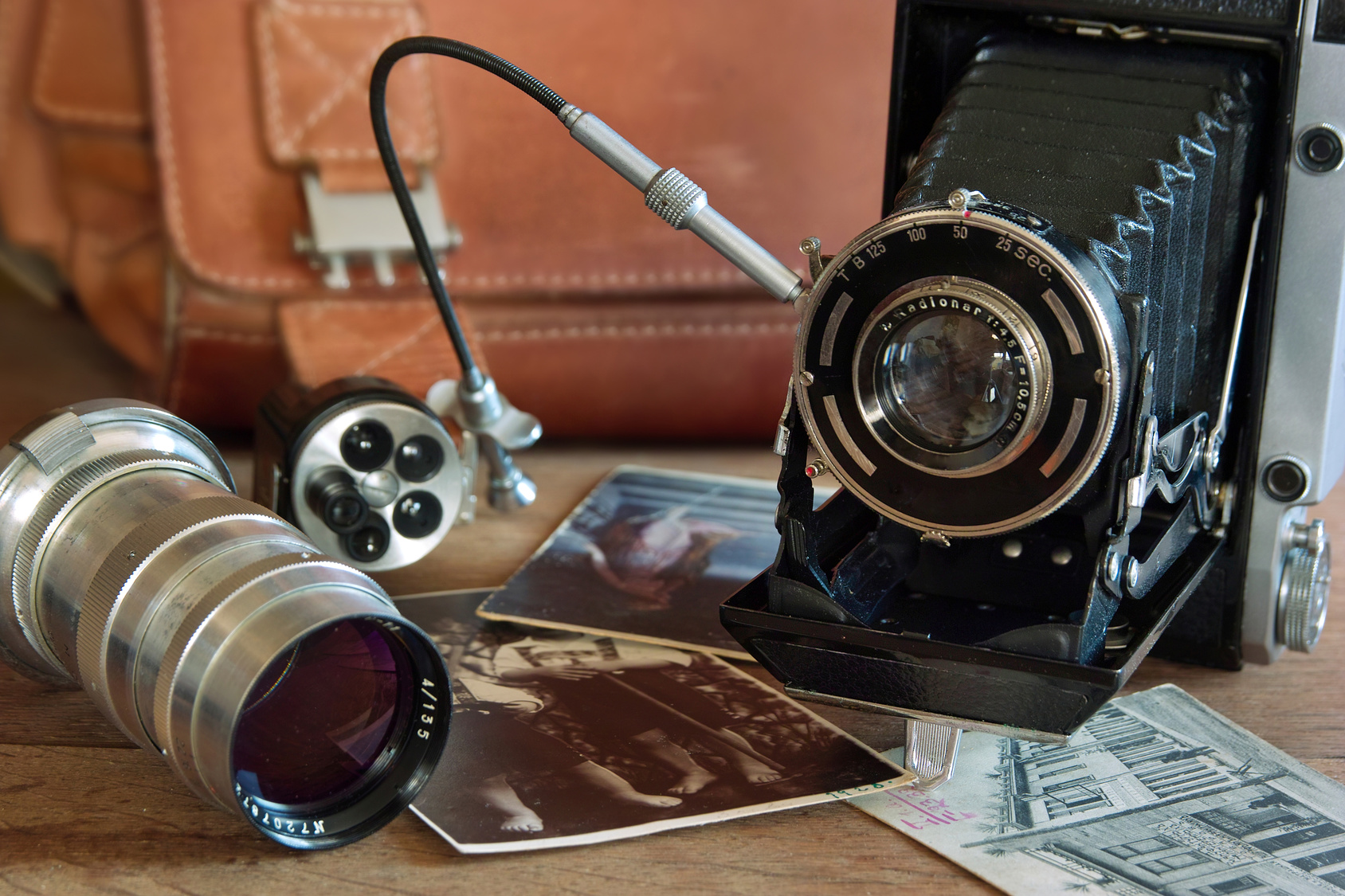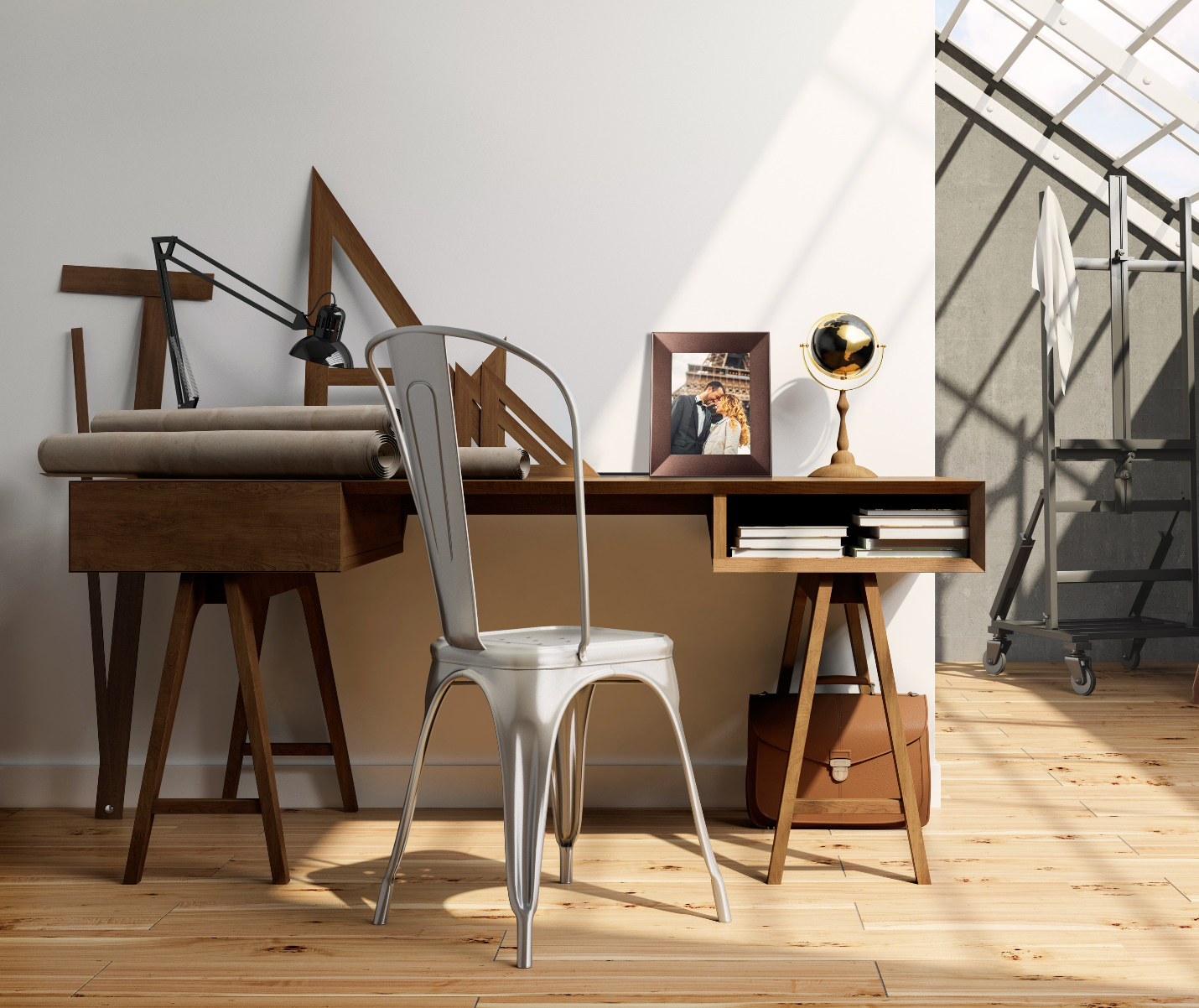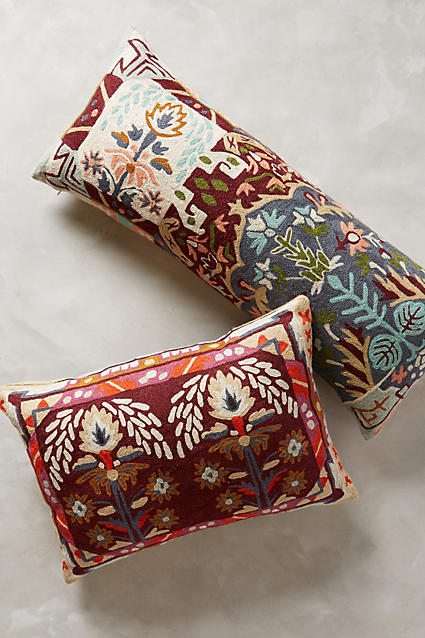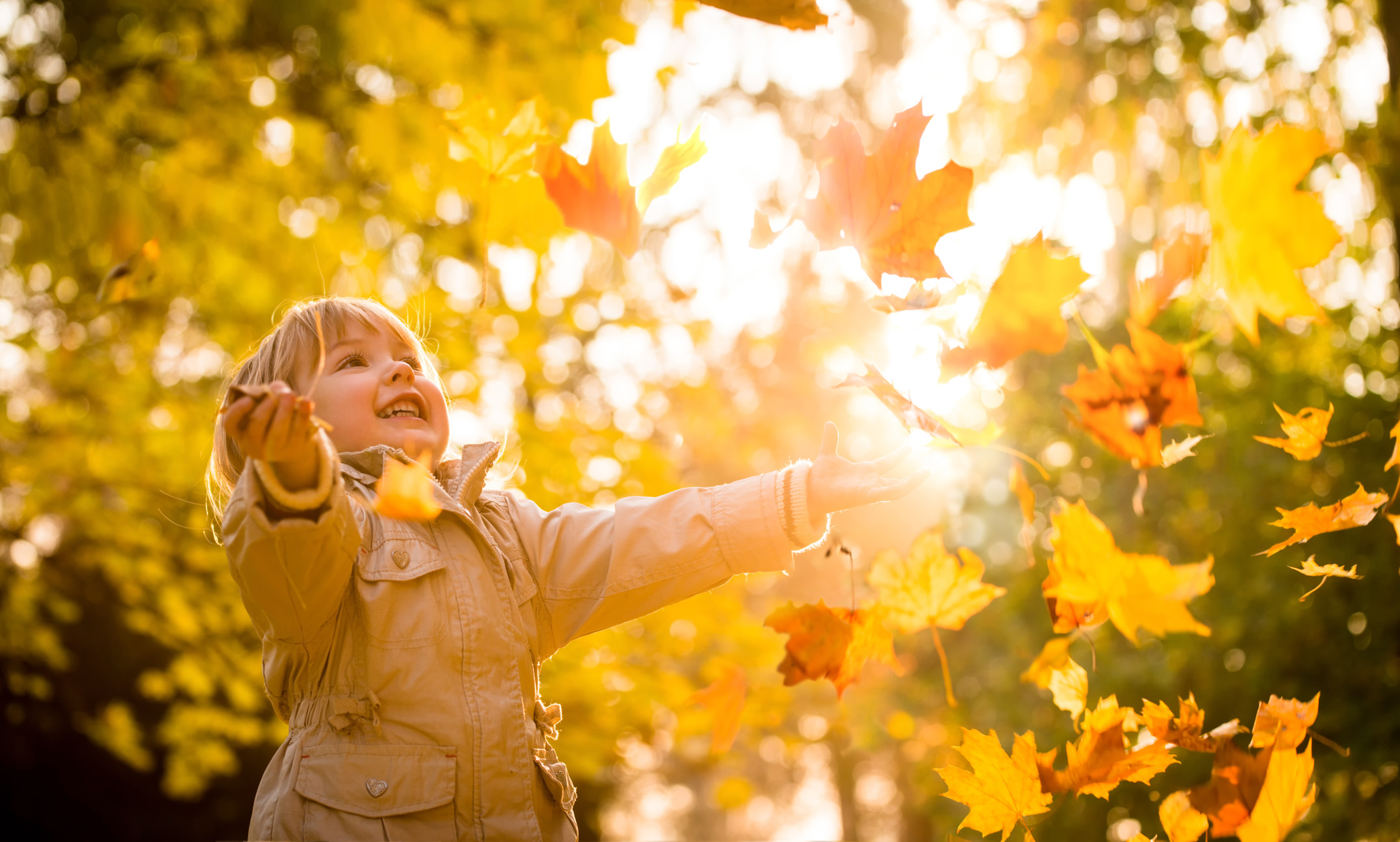Part of the fun of travel is sharing your experiences with the ones you love back home.
Just 20 years ago, you had to wait until you got back home and developed your film to show your family pictures from your trip. Today, of course, things are very different: you can share your photos instantly, in real time, via social media sites like Facebook and Instagram, and apps like the Nixplay app, which lets you send your photos directly to a Nixplay cloud WiFi frame.
Now that we can share our pictures instantly, it’s tempting to share everything – whether it’s a great shot or not. This is especially true when you’re on an adventure trip in an exotic part of the world, and everywhere you look you see beautiful vistas or incredible animals.
But if you really want to wow your audience, and send pictures your family will want to display in their digital frame, follow these tips on taking great photographs of your outdoor adventures.
Plan out the specific spots where you know you’ll want to take pictures.
While your best photo may end up being one you took on the fly, a little planning can still go a long way.
When you’re planning your itinerary, make a note of any locations, landmarks, or activities that you definitely want some photographs of. Then when you arrive, you can have your camera out and ready to go.
Pack your camera equipment in Ziploc bags in order to protect it from the elements.
The lowly Ziploc bag is a photographer’s best friend – even National Geographic photographers, who work in some of the hottest, coldest, wettest, and driest places on earth, use the sealable bags to protect their cameras.
Protecting your equipment is especially important when you’re out in windy or sandy conditions, as a few stray grains of sand can scratch or damage your lens. Ziploc bags will work well for almost any situation, except for boating or water sports. If you’re going to be actually on the water, you should really use a waterproof camera bag.
Accessibility is key.
When you’re trying to capture the excitement and adrenaline of an adventure trip, being able to get your camera out at the right second is vital.
If you’re hiking with a backpack, keep your camera either around your neck or in a smaller waistpack where you can grab it easily.
For sports like skiing, waterskiing, cycling, and other activities where speed is a main feature, you have to make doubly sure your camera is ready to go when you need it. Adjust your settings and lenses before you start, so that when the perfect shot arises, all you have to do is aim and press a button.
Pay attention to light and time of day.
When you’re out adventuring, it’s easy not to notice the time, or how the light looks – especially if you’re absorbed in a mountain climb, or exploring ancient ruins in a jungle.
If you want great photographs, though, it pays to notice if the light is particularly interesting. Foggy and hazy days can make for unique pictures if you work your camera settings right.
As for time of day, there’s a reason photographers call both the hour after sunrise and the hour before sunset “the golden hour.” The light is softer and more diffuse, which makes for beautiful photos. Some photographers extend the golden hour to the hour immediately after sunset too, when the ambient light turns everything faint shades of gray and purple.
Adventure photography is a challenging, but exciting way to stretch your digital photography skills and create great souvenirs of your travels, too. For more photography tips, check out our post “How to Take Great Beach Photos.”

Bea is Nixplay’s Social Media Manager. She enjoys drinking coffee, reading about wars, and writing stories. Send her a message at beatrice.bisais@nixplay.com.


